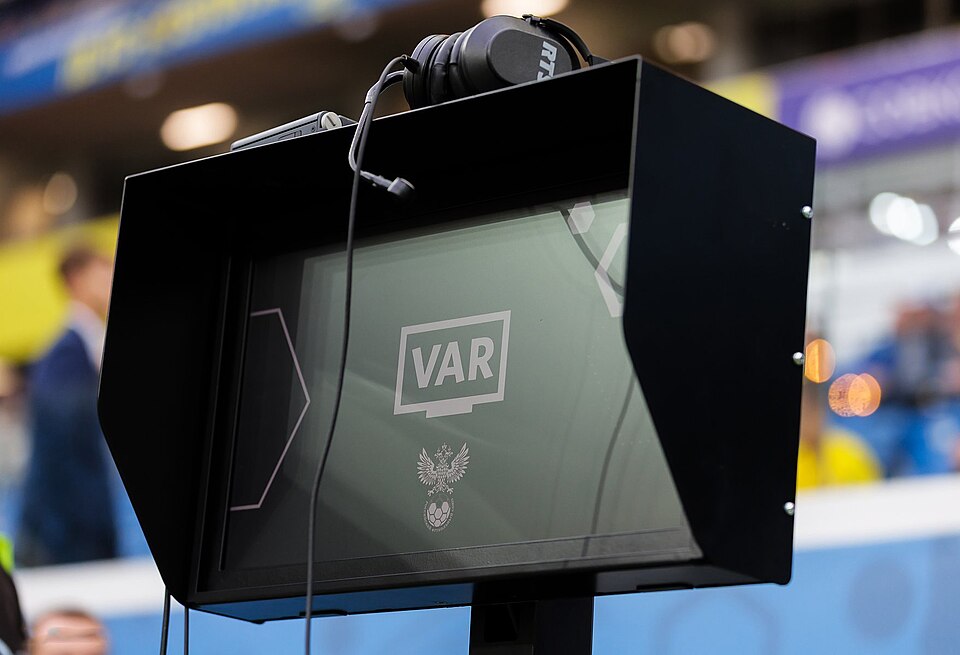From cricket’s DRS to rugby’s TMO, technology has elevated officiating across many sports. So why is football still stuck in the controversy cycle?
Since the 2018 World Cup, the introduction of Video Assistant Referee (VAR) in football was meant to bring fairness and clarity to the world’s most beloved sport. But rather than uniting fans and cleaning up the game, it has become a lightning rod for criticism, confusion, and chaos. In contrast, sports like tennis, cricket, and rugby have successfully embraced technology — enhancing fan experience and improving officiating standards.
So why has football struggled so much where others have flourished? The problem splits into four key issues.
1. VAR Is Too Slow for Football’s Flow
Sports like tennis and cricket benefit from natural breaks in play — whether it’s after a serve or between overs. This gives technology like Hawkeye or DRS time to function seamlessly without disrupting the viewing experience.
Football, however, is a continuous game. Matches can theoretically run for 45 straight minutes without stopping. When VAR is used to check incidents retrospectively, the game is paused — breaking the rhythm, disrupting momentum, and frustrating fans. While goal-line and semi-automated offside technologies offer some real-time relief, they aren’t yet perfect. Human intervention is still required, especially in subjective scenarios like determining interference.
Other sports like ice hockey have gone even further with wearable tech for referees, such as real-time penalty tracking via smartwatches — a layer of integration football has yet to adopt.
2. It’s Used Too Often — and Not Clearly Enough
VAR is supposed to intervene only in the case of “clear and obvious errors.” But what does that really mean? The subjectivity of that phrase opens the door to inconsistent application.
Sports like cricket offer teams a set number of reviews per innings. It’s a clear and fair system that works thanks to cricket’s stop-start nature. Applying this to football would be tricky. Should the captain or coach call for a review? What if they’re 40 yards away from the incident? What if they run out of challenges and miss a crucial moment?
The very structure of football makes this solution hard to implement. And the result? VAR is deployed too frequently, often in cases where fans and players alike are unsure if it’s even necessary.
3. There’s a Transparency Problem
In rugby union, TMO (Television Match Official) conversations are broadcast live, allowing viewers to hear the referee’s thought process in real-time. It builds trust and helps fans understand the rationale behind each call.
Football, however, has no such transparency. The International Football Association Board (IFAB) argues that broadcasting referee conversations could fuel abuse and discourage new referees from joining the profession. While their concerns are valid, this lack of openness often leads to frustration and suspicion from fans.
In a sport driven by emotion, allowing supporters to hear the reasoning — even when they disagree — could go a long way toward improving acceptance of decisions.
4. The Stakes Are Higher — and the Margins Thinner
In cricket, an LBW decision might cost a team a run or a wicket out of many. But in football, one wrong call can decide a match. A disallowed goal, a dubious penalty — these moments are disproportionately impactful in a low-scoring sport.
While football does try to follow an “on-field decision stands” approach, the consequences of error are often too high to let marginal calls slide. That pressure has left little room for tolerance or interpretation, and made fans even less forgiving of mistakes.
Has VAR Improved Football at All?
Despite the backlash, VAR has helped improve decision accuracy. According to PGMOL, over 200 incorrect decisions per season are made in the EFL Championship without VAR support. In leagues where it is implemented, many of those mistakes are now being corrected.
But unlike American football, where play is already stop-start and decisions are dissected in detail, football’s identity is rooted in its flow and simplicity. That very nature — the thing that made football a global phenomenon — is what makes it so hard to officiate with tech.
Can Football Learn From Other Sports?
Yes — but only selectively. VAR won’t ever function like DRS or TMO due to the structural nature of football. But greater transparency, tighter limits on intervention, and better communication with fans could go a long way. Football doesn’t need to mimic other sports; it needs to find a unique path forward that respects its own rhythm while using technology to uphold fairness.
And perhaps most importantly, the football world — from Manchester United and Barcelona to Juventus and Ajax — must commit to refining VAR rather than constantly debating whether it should exist at all.







